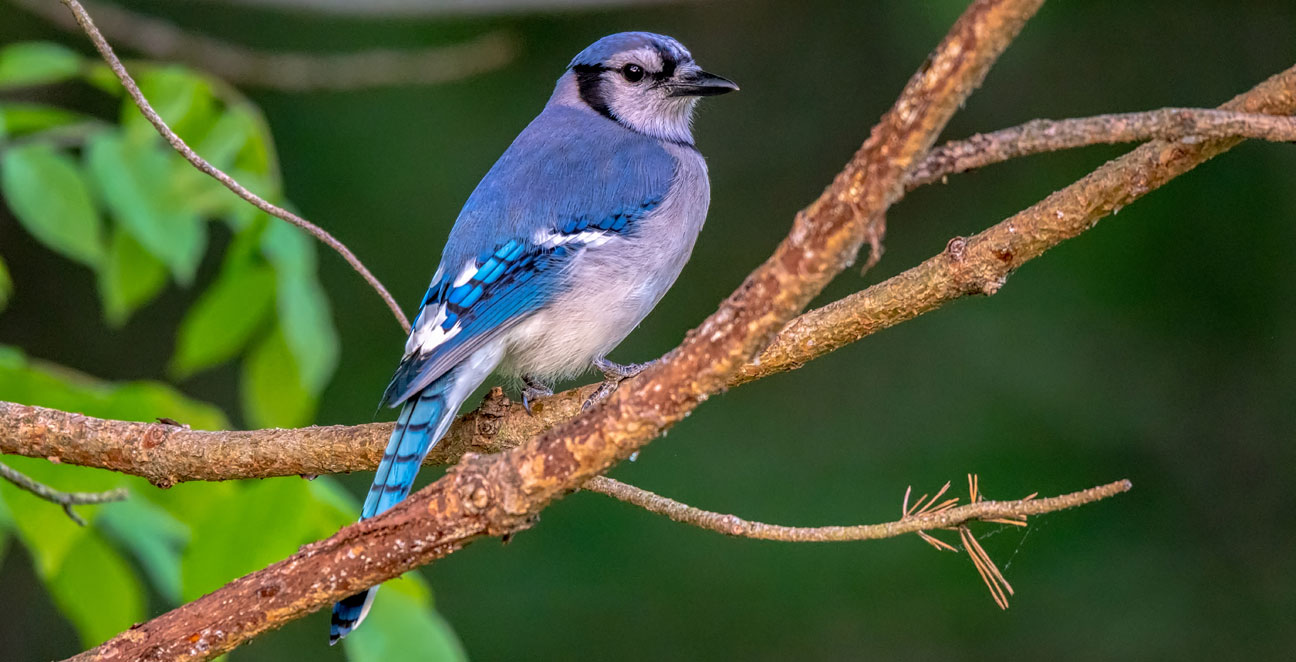
Common Grackle
Scientific Name:
Quiscalus quiscula
Length:
11.0-13.4 in (28-34 cm)
Weight:
2.6-5.0 oz (74-142 g)
Wingspan:
14.2-18.1 in (36-46 cm)
Nest:
The nest is a well-concealed cup in dense trees (particularly pine) or shrubs, usually near water; sometimes, the common grackle nests in cavities or in man-made structures. It often nests in colonies, and is a bulky cup made of twig, leaves, and grasses along with bits of paper, string, cloth, corn husks and other incidental materials. The female reinforces the nest cup with mud and then lines it with fine grasses and horse hair.
Eggs:
4-5, sometimes 2-6. Pale blue, blotched with brown. Incubation is by female only, 12-14 days.
Feeding Behavior:
The common grackle forages on the ground, in shallow water, or in shrubs; it may steal food from other birds. It is omnivorous, eating insects, minnows, frogs, eggs, berries, seeds, grain, and even small birds and rodents. At feeders they tower over other birds and push them aside to get at food.
Young:
Both parents feed nestlings, bringing them mostly insects. Young leave the nest about 16-20 days after hatching. 1 brood per year, sometimes 2.
Range:
This bird is a permanent resident in much of its range. Northern birds migrate in flocks to the Southeastern United States. The range of this bird expanded west as forests were cleared. In some areas, it is now considered a pest by farmers because of its large numbers and fondness for grain.
Brief Description:
They have a long, dark bill, pale yellowish eyes, and a long tail; their feathers appear black with purple, green, or blue iridescence on the head, and primarily bronze sheen in the body plumage.